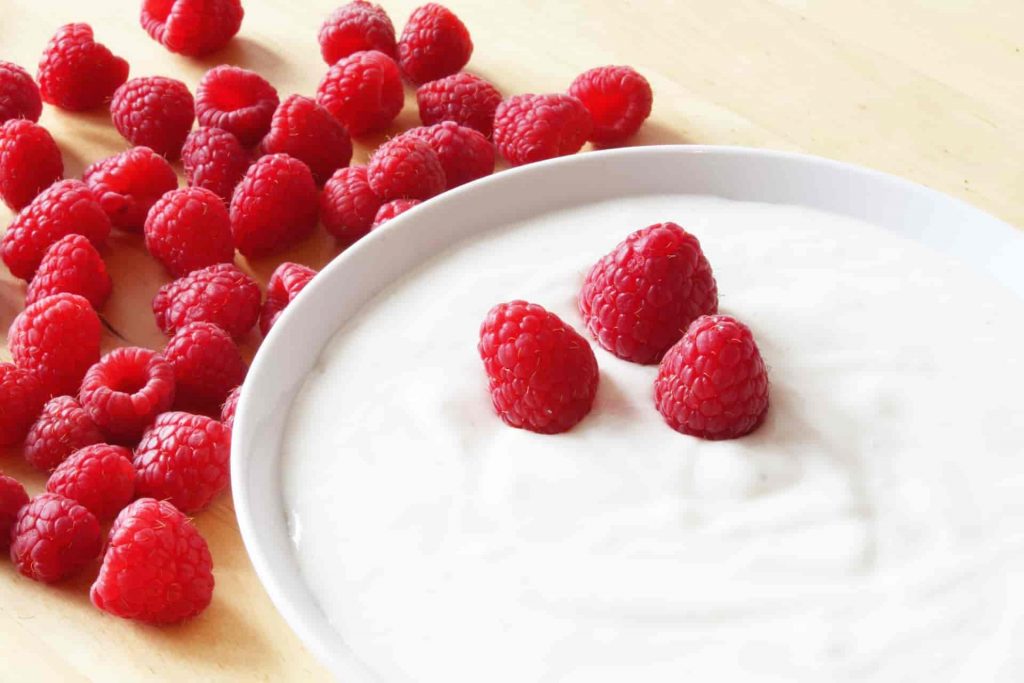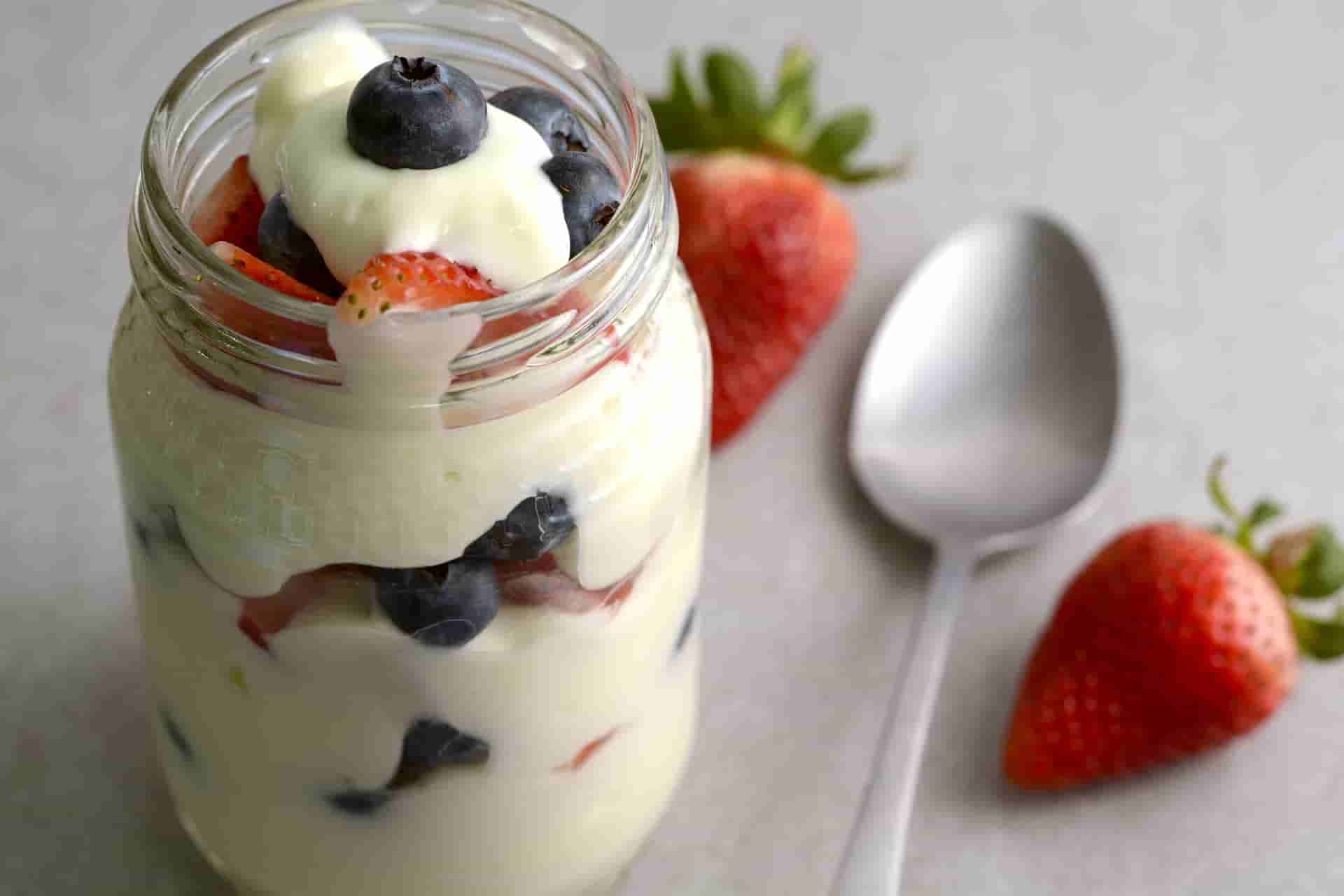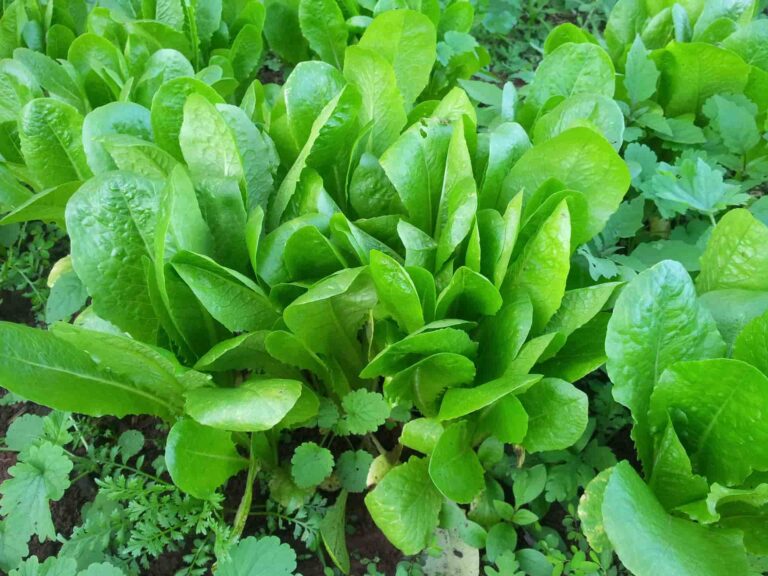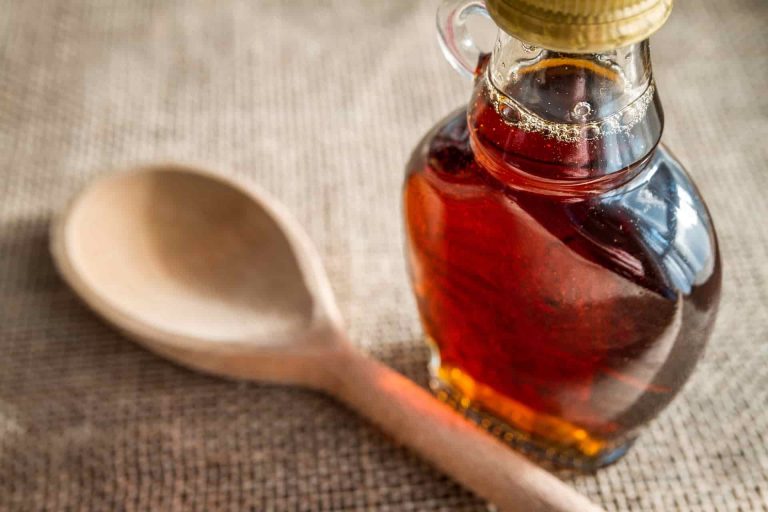Do You Know About Yogurt?
Yogurt is consumed in pretty much every USA household. For a long time the dairy product even had a reputation as a typical diet product. Today people are increasingly thinking about healthy natural yoghurts that do not contain any added sugar and combining them with fresh fruit or muesli.
Yoghurt is milk or cream that is made by adding lactic acid.
Yoghurt is often used as a snack and is often mixed with sugar and fruit for this purpose.
Info: The word yogurt comes from the Turkish language area of yogurt and means something like thick milk.

Origin of Yogurt
Exactly where yogurt came from is not clear as there are various theories about its discovery.
Yoghurt became particularly popular as a food at the beginning of the 20th century, but it was not yet able to spread widely because private households lacked the ability to cool.
Since the 1960s, yoghurt has not only been marketed as classic natural yoghurt, but also brought to customers as fruit yoghurt.
Look
Depending on the type, yoghurt has a thick to firm consistency.
Natural yogurt is white in color, while fruit yogurt can take on almost any color, depending on the ingredient, from red for raspberry or strawberry yogurt to purple for blueberry yogurt or brown for chocolate yogurt.
Tip: Yoghurt should be kept tightly closed in the refrigerator[1] at a temperature between 3-8 degrees. Freezing is of course also possible.
Yoghurt Taste
A basic distinction can be made between natural yogurt and fruit yogurt:
- Natural yoghurt has a slightly sour taste, which is not surprising in view of the production of yoghurt.
- This is why a lot of people prefer fruit yoghurts because they contain sugar and fruit or fruit flavors.
Natural yoghurt is also differentiated according to fat content:
- Skimmed milk yoghurt with max. 0.5% fat
- Low-fat yogurt with 1.5 to 1.8% fat
- Yoghurt with at least 3.5% fat
- Cream yoghurt with at least 10% fat
With fruit yogurt, a distinction is made according to the fruit content:
- Fruit yoghurt or yoghurt with fruits with at least 6% fruit
- Yoghurt with fruit preparation with at least 3.5% fruit
- Fruit-flavored yoghurt with less than 3.5% fruit
Info: There are also other yoghurt variations in the supermarket, such as drinking yoghurt.

Application / use in the kitchen
- Yogurt is a popular snack. Typical for this are the sugared fruit yoghurts, which come ready-to-eat from the refrigerator.
- The healthier way to do this is to mix natural yoghurt with freshly cut fruit, because there is much less refined sugar involved.
- Yoghurt is also an excellent dip for raw vegetables such as peppers, carrots, cucumbers, etc.
- Yoghurt also looks good on the breakfast table, for example mixed with crunchy muesli.
- Yoghurt can also be used very well in cooking, for example to refine sauces or to make dressings for salads.
- Yogurt is also often used in making ice cream.
Natural yogurt is healthy
- strengthens bones and teeth thanks to the calcium it contains
- strengthens the immune system through probiotic bacteria
- prevents diseases through the probiotic lactic acid bacteria
- is easier to digest than milk because it contains less milk sugar
- promotes digestion
Info: 100 grams of natural yoghurt with 1.5% fat only has around 48 kilocalories and 4.5 g of carbohydrates.






